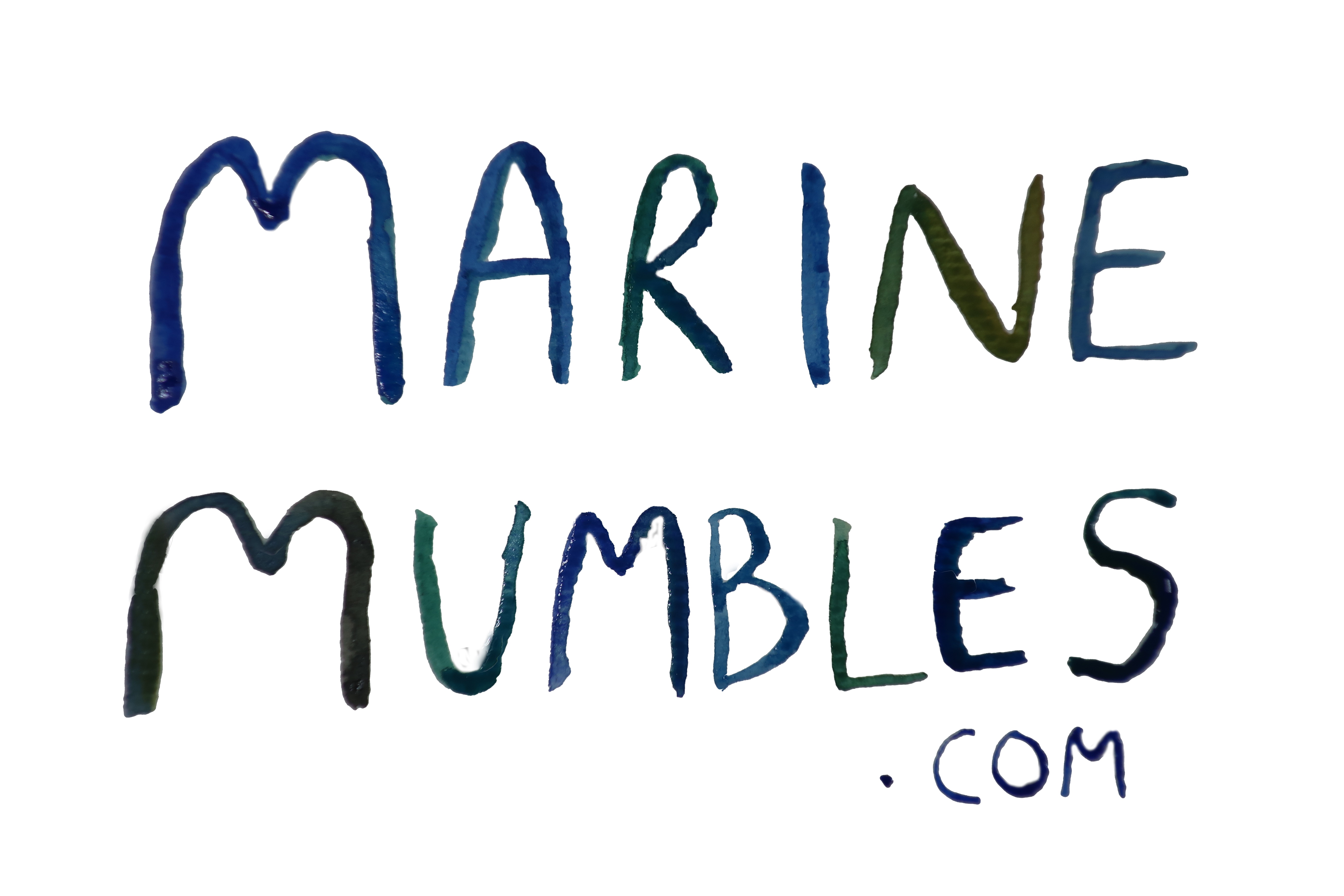The Common Limpet – Patella vulgata
Limpets are the gastropods with conical-shaped shells that you find stuck to rocks on the rocky shore. You’ve probably tried to kick them off at some point and failed! (You should not do this by the way, they will die). They are found on pretty much all rocky shores, and in my opinion are totally underrated awesomely little creatures!
They range in colour from grey to dark grey (exciting right), with ridges running down the shell. There are two main types of limpets found in British coasts, the most common limpet (Patella vulgata) and the Patella depressa. Patella depressa is a much darker, usually slightly smaller and has much more obvious ridges, and will have more detail in a later post. (See my above drawing, left is Patella vulgata, right is Patella depressa)
Although they might not look very cool, or have pretty colours limpet appearances can vary and tell you a lot about the shore. On exposed shores where wave power is much stronger, the morphology (shape) of the shell can change. They will be flatter and wider at the base to reduce the chance of being knocked off by stronger waves, imagine them constantly ducking and holding on for dear life. Then on more sheltered shores limpets become taller, this helps to try to reduce the temperature difference they can experience when there exposed.
Limpets are awesome little machines, made to hunt and kill. Well, they graze on biofilm and microalgae but they are really good at it! Recently, the strength of the material there radula (like a scraping tongue) was found to be the stronger than a spider’s web! This makes the radula of a limpet one of the strongest natural substances discovered so far! This to me is a ridiculous amount of strength. It’s like writing notes in a gold fountain pen with gold ink instead of a biro – because why not! The radula however needs to be strong as it allows the limpet to scrape food off the rocks, which can even mark or scratch the rock.
Because limpets remove biofilm and other small settling individuals, they can have large effects on the species that can survive on the shore, so these little guys are not to be underestimated ecologically!
As an intertidal species, limpets have adapted to be able to withstand becoming completely desiccated (dried out). They create a groove in the rock that fits perfectly to the shape of the shell. This is the reason why you shouldn’t kick limpets off rocks; they won’t be able to find the groove again and will die the next time the tide is out! This is however, one of the reasons I really love limpets, because no matter how much killing (more like grazing, but I like to be dramatic) they go off and do they always return home. They are the Italian mafia of the rocky shore!
Hopefully my love for these tiny rocky shore species has been expressed enough during this post! I haven’t gone into any of the anatomical details, but provided with some basic information about species and some drawings/photos for ID.
If anyone has any expressed interested about learning more detailed things about this species, or have any questions, email me at [email protected] or comment below.
Don’t forget to follow this site on twitter, for sneak updates on the latest art and the latest random marine facts!





Great picture from Botany Bay I love that beach.